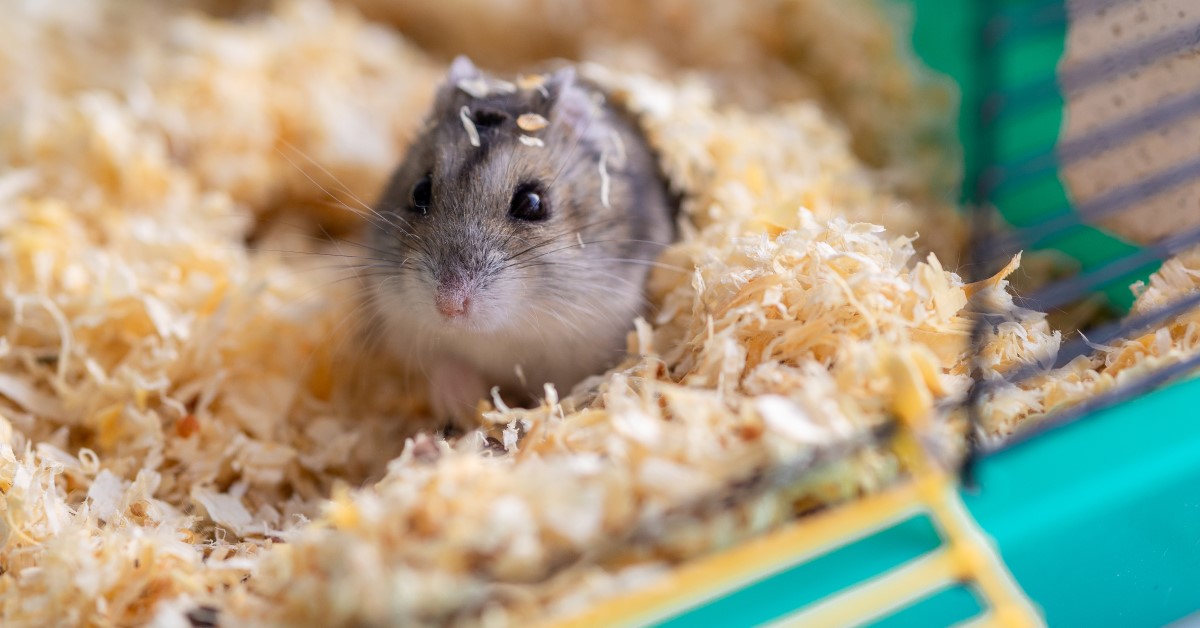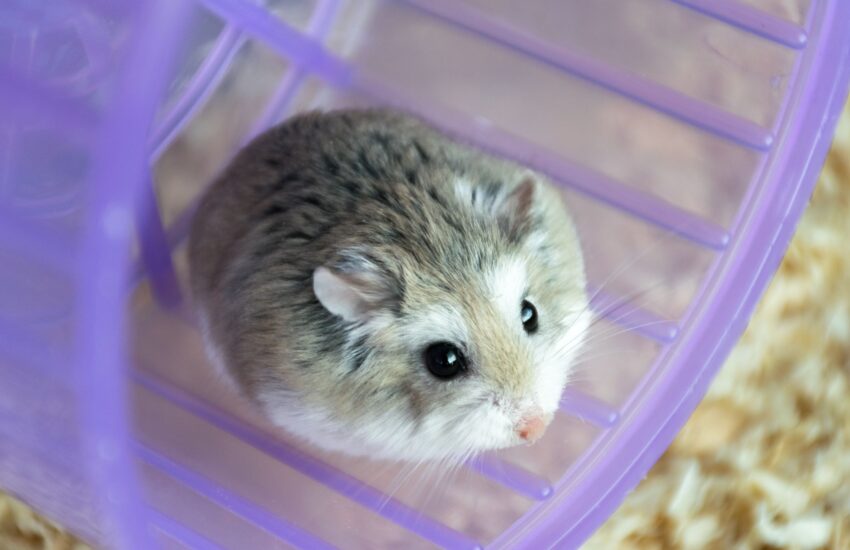Popular Hamster Types for Pets
When it comes to choosing the perfect pet for your home, hamsters are often a top contender due to their small size, charming personalities, and relatively low maintenance. In this article, we will explore the different varieties of hamsters, their unique characteristics, and how to care for them. We will provide insights on popular hamster types for pets, helping you make an informed decision when selecting your new furry friend.
Understanding Hamster Breeds
Hamsters belong to the family Cricetidae and there are several breeds available worldwide, each with its own set of traits and characteristics. Knowing the differences between these breeds can help you choose the right hamster that fits your lifestyle. Some hamsters are more social and outgoing, while others prefer solitude. Let’s discuss the most popular hamster types commonly kept as pets.
Syrian Hamster
The **Syrian hamster**, also known as the golden hamster, is the most popular breed among pet owners. They are known for their friendly nature and are usually easy to handle. Syrian hamsters can grow to about 6-7 inches long and come in various colors and fur types. Due to their solitary nature, they should be kept alone to avoid territorial disputes. Syrian hamsters are excellent pets for children and beginners alike due to their manageable size and gentle demeanor.

Dwarf Hamsters
Dwarf hamsters come in several species, including the Campbell’s dwarf hamster and the Roborovski hamster. Dwarf hamsters are significantly smaller than Syrian hamsters, measuring only about 2-4 inches long. They are generally more social and can live in pairs or small groups, making them an entertaining choice for pet owners who enjoy interacting with multiple pets. Some dwarf hamsters are more playful and energetic, providing more opportunities for engagement.
Caring for Your Hamster
Now that you know about popular hamster types, it’s essential to understand how to care for them properly. Effective care involves providing an appropriate habitat, a balanced diet, and regular handling to ensure your hamster remains healthy and happy.
Setting Up the Habitat
Creating a suitable environment is crucial for your hamster’s wellbeing. A spacious cage with plenty of ventilation is necessary. For Syrian hamsters, a larger cage with horizontal space is recommended, while dwarf hamsters thrive in a cage that allows for vertical climbing and exploration. Include bedding such as aspen shavings, as well as tunnels, chew toys, and a water bottle to create an enriching habitat. Make sure to keep your hamster’s habitat clean by changing bedding regularly to avoid any smells and keep your pet healthy.
Feeding Your Hamster
Feeding your hamster a balanced diet is vital for their health. Most hamsters thrive on a premium hamster mix that includes pellets, seeds, and dried fruits or vegetables. Fresh vegetables like carrots and leafy greens can supplement their diet as treats. Avoid sugary or acidic foods as they can harm your hamster’s health. It’s also important to provide fresh water daily and maintain a consistent feeding schedule to promote good health.
The Benefits of Owning a Hamster
Owning a hamster can bring several positives to your life. Aside from being cute and soft, they also teach responsibility for pet care, particularly to children. They require low maintenance compared to dogs or cats, making them a great choice for busy households. Their relatively long lifespan of about 2-3 years also allows for a commitment that isn’t overwhelming. Moreover, hamsters are excellent for reducing stress and providing companionship for the entire family.
Interaction and Handling
Regular handling and interaction are vital to developing a bond with your hamster. Use a gentle approach, allowing them to come to you first. Make sure to provide your hamster with time outside their cage, in a safe environment, such as on a playmat to help them stretch and explore. Always supervise them during playtime to prevent mishaps or escapes. Encourage your hamster’s natural behavior by providing toys that stimulate mental and physical activity.
Common Health Issues
While hamsters are generally healthy, they can experience health issues that owners should monitor closely. Some common ailments include wet tail, which is a severe gastrointestinal condition often resulting from stress or improper diet, and respiratory infections due to an unclean living environment. Keep an eye on your hamster’s behavior and appearance, and consult a veterinarian if you observe any changes in appetite, energy, or hygiene. Regular check-ups are also advisable to ensure the overall health of your pet.
Conclusion
In conclusion, hamsters can be wonderful companions for those willing to provide them with a nurturing environment and the necessary care. Understanding the most popular hamster types for pets and their unique needs is crucial in making an informed decision. Whether you choose a Syrian, dwarf hamster, or another breed, the joy and companionship they offer are undoubtedly rewarding.
FAQ
1. What’s the best type of hamster for kids?
Syrian hamsters are generally recommended for kids due to their friendly nature and willingness to be handled. They tend to be less aggressive compared to dwarf hamsters and can form bonds with children easily. Ensure adult supervision to facilitate safe interactions.
2. Can hamsters live together?
Dwarf hamsters can often live together in pairs or small groups, as they are social animals. However, Syrian hamsters are solitary creatures and should not be housed with others of their kind as they can become territorial.
3. How often should I clean my hamster’s cage?
Hamster cages should be cleaned at least once a week to prevent odors and maintain a healthy environment. Changes may need to be more frequent if the cage becomes dirty more quickly. Always replace bedding with fresh supplies, and remove any uneaten food regularly.
4. What kind of toys do hamsters enjoy?
Hamsters enjoy a variety of toys that stimulate their mental and physical activity. Chew toys, tunnels, and exercise wheels are excellent options. Providing different toys can keep them engaged and reduce boredom.
5. How can I tell if my hamster is sick?
Watch for signs of illness such as lethargy, changes in appetite, unusual behavior, or poor grooming. If your hamster shows any of these symptoms, consult a veterinarian for an accurate diagnosis and treatment.
6. What is the lifespan of a hamster?
Hamsters generally have a lifespan of 2-3 years, depending on the species and care provided. Providing proper diet and habitat maintenance can help maximize their lifespan while ensuring a happy life.
